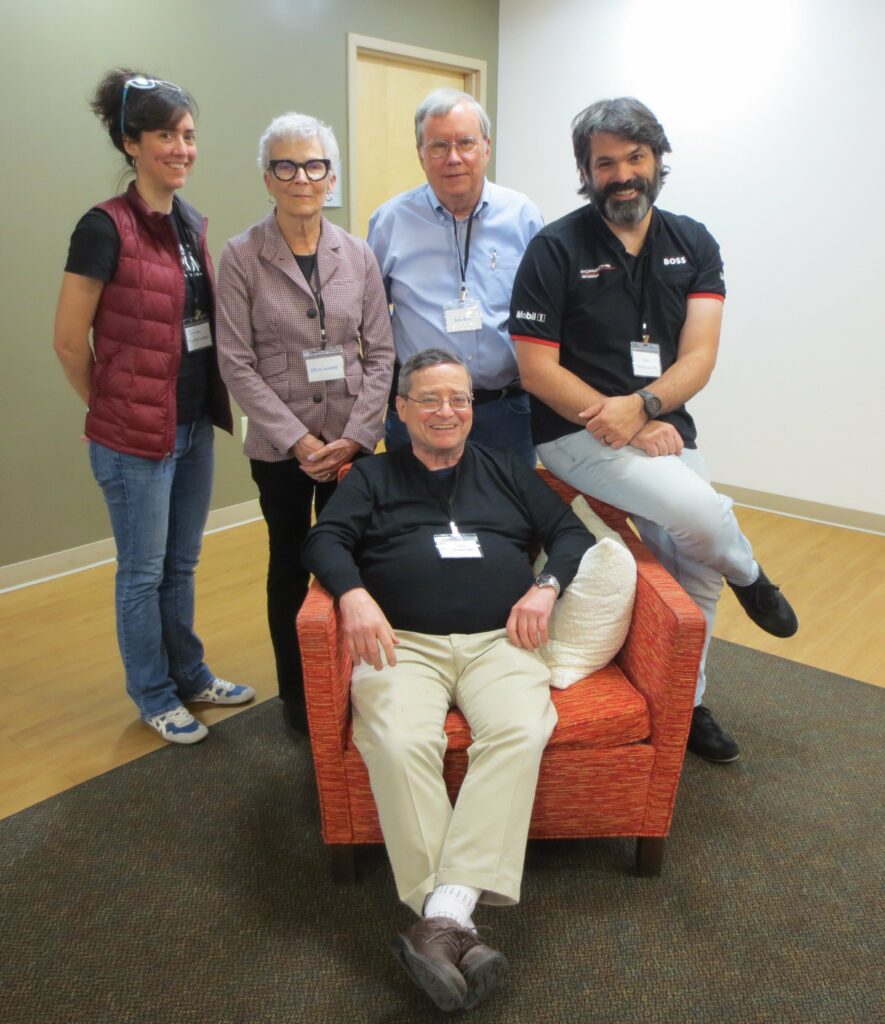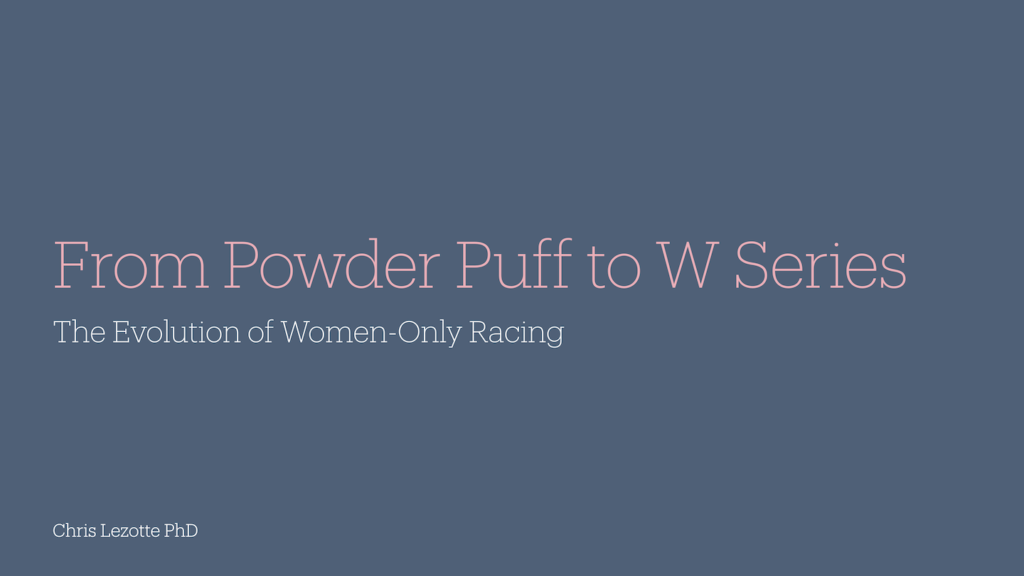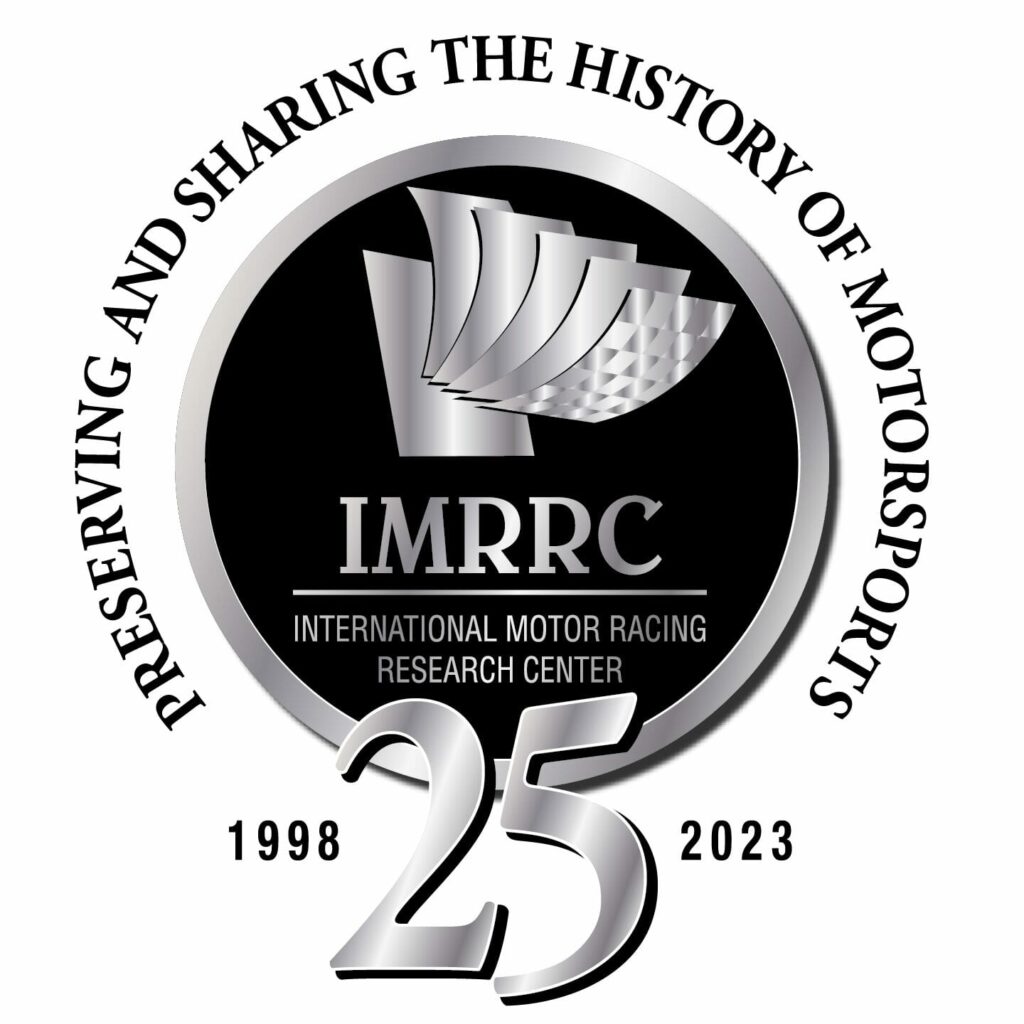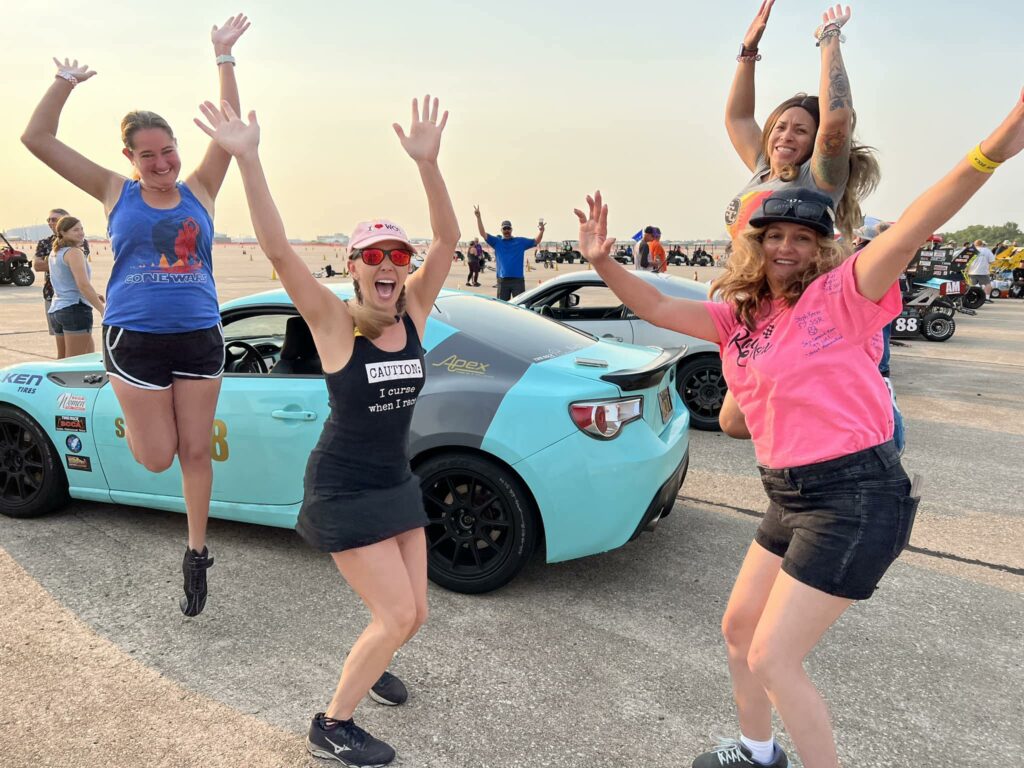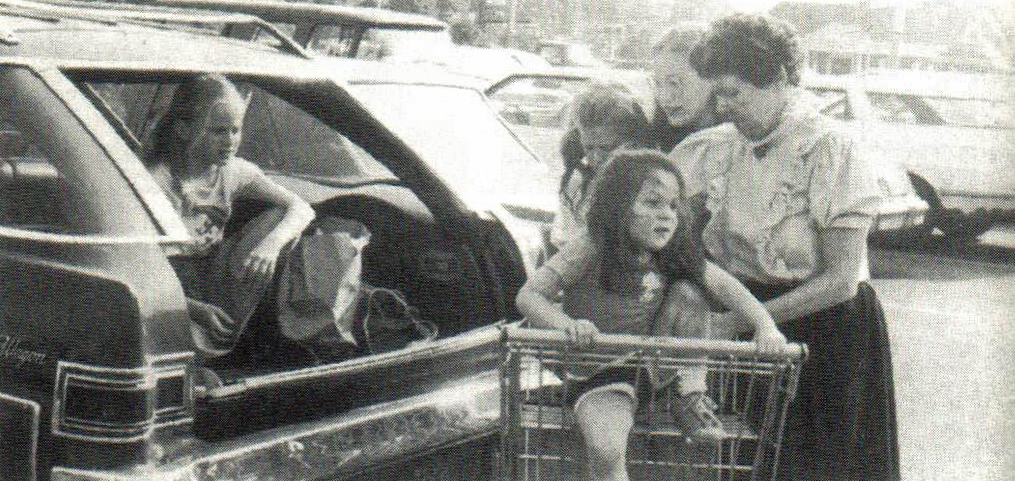
The National Women’s Studies Association Conference is one I’ve always wanted to attend but never had a project that fit into its conference themes. I always suspected the subject of women and cars was not quite serious enough to be included. However, this year an opportunity arose which I just couldn’t ignore. For the first time, the NWSA welcomed the Popular Culture Interest Group. The topic selected by the group for this year’s program – “What was I Made for: Barbie and the Goals of Feminist Media” – hoped to address both the promotion and criticism of the Barbie film as a feminist text. As noted in the program, “the conflicted response to the film opens up a space for conversation around the intertwining of feminism and media.”

My past scholarship includes an article on the role of the automobile in the woman’s road trip film; I have also written about the Barbie car and its influence on a young girl’s emerging sense of self. Thus when the idea for this panel was proposed, I thought it might be an opportunity to call upon both of these papers to consider how the four main vehicles in Barbie – the Corvette, GMC Suburban, Chevy Blazer EV, and GMC Hummer Pickup – serve to underscore the feminist overtone’s in Gerwig’s screenplay. As the conference was being held in my hometown of Detroit, it seemed as though karma was on my side. So I submitted an abstract and was delighted when it was accepted.
The panel, which was originally composed of four presentations, approached the topic from various directions. The first was to explore the similarities of the female protagonists in Barbie and Poor Things in relationship to continued issues surrounding women’s oppression and objectification. I was the scheduled as the second presentation; the third focused on the Barbie shoes, investigating the stiletto and Birkenstock pair as emblematic of two conscious and complementary paths through the world. The final centered on using Barbie as a pedagogical source, with consideration of the ways the film can be used in political imagining.

Unfortunately the panel did not go as smoothly as anticipated. Both the session leader and first presenter dropped out; the stand-in leader was unavoidably late and since her computer was to be shared, the panel had a delayed start. But my own presentation went well and although there wasn’t time for questions at the end, I was able to engage with my fellow [and much younger] presenters and a few interested folks in attendance.
Although I had written about the cars in Barbie in an earlier blog, preparing for the presentation allowed me to explore the topic more extensively. Consequently, I believe I have the beginnings of an academic paper, which will keep me busy for the months to come. While I am always hesitant to present at conferences due to my age and halting presentation style, I always come away impressed and inspired by the young scholars around me. The environment at women’s studies conferences is invariably warm and supportive; I have always found feminist scholars to be especially encouraging and kind. The atmosphere at the 2024 NWCA Conference was no exception; I’m grateful I had the ability and opportunity to participate, finally, this year.




